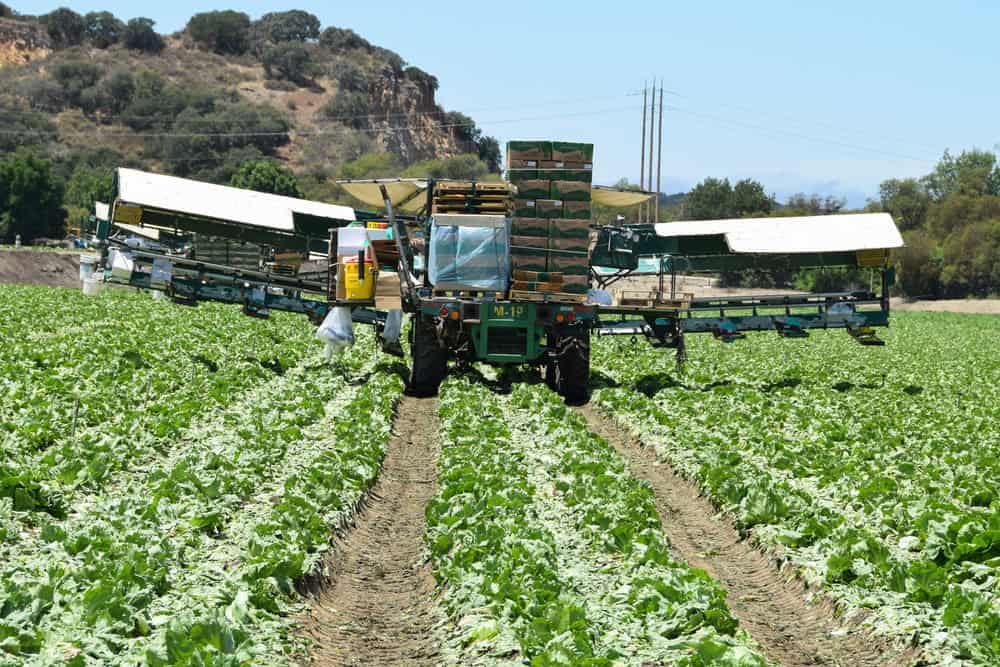
This year for Thanksgiving, take a minute to consider our nation’s food chain and the amount of work it takes to feed our people. One industry in our food production system has a unique method for putting food on our tables.
If you have ever eaten a salad, chances are that the lettuce came from the Salinas Valley in California. Unless you ate it in the winter–in that case it probably came from Yuma, Arizona.
Each year around this time, some of the largest producers of packaged lettuce in the United States load up their entire production plants onto flatbeds in the Salinas Valley, also known as the “Salad Bowl of the World”, and transport their entire operations south to the Yuma, Arizona region. It is an enormous logistical feat that involves strenuous planning and precise execution.
This process includes breaking down the entire processing plant, loading on average 1,400 tons of equipment into 55 to 75 flatbed trucks, shipping it about 600 miles south, and reassembling it…all done while hardly missing as few production shifts as possible.
Companies such as Church Brothers Farms, who process their lettuce under the label True Leaf Farms, complete the process in around 60 hours. See the video below.
However, some companies ship their lettuce from the desert back up to the Salinas Valley where they process their product year round. This allows these companies to take advantage of excess capacity that is created from a slowdown from the summer ag season in California.
Regardless of the method, leafy green production in California presents a logistical challenge with plenty of problems to solve. Producers hope new technologies in transportation will aid in making the transition smoother.
For instance, companies including Dole, the largest producer of chopped greens, have already signed on with IBM to help develop a blockchain for agricultural production. Another example is how a start-up called FR8Star is using algorithms to get shippers the best rates and most efficient process management on flatbed, oversize, and overweight transport hauling.
For the companies who do move their production facilities, the process will be repeated around March when the companies pack up their processing plants again to move them back up north the Salinas Valley.
Stay up-to-date with the latest commentary and insights on FreightTech and the impact to the markets by subscribing.
